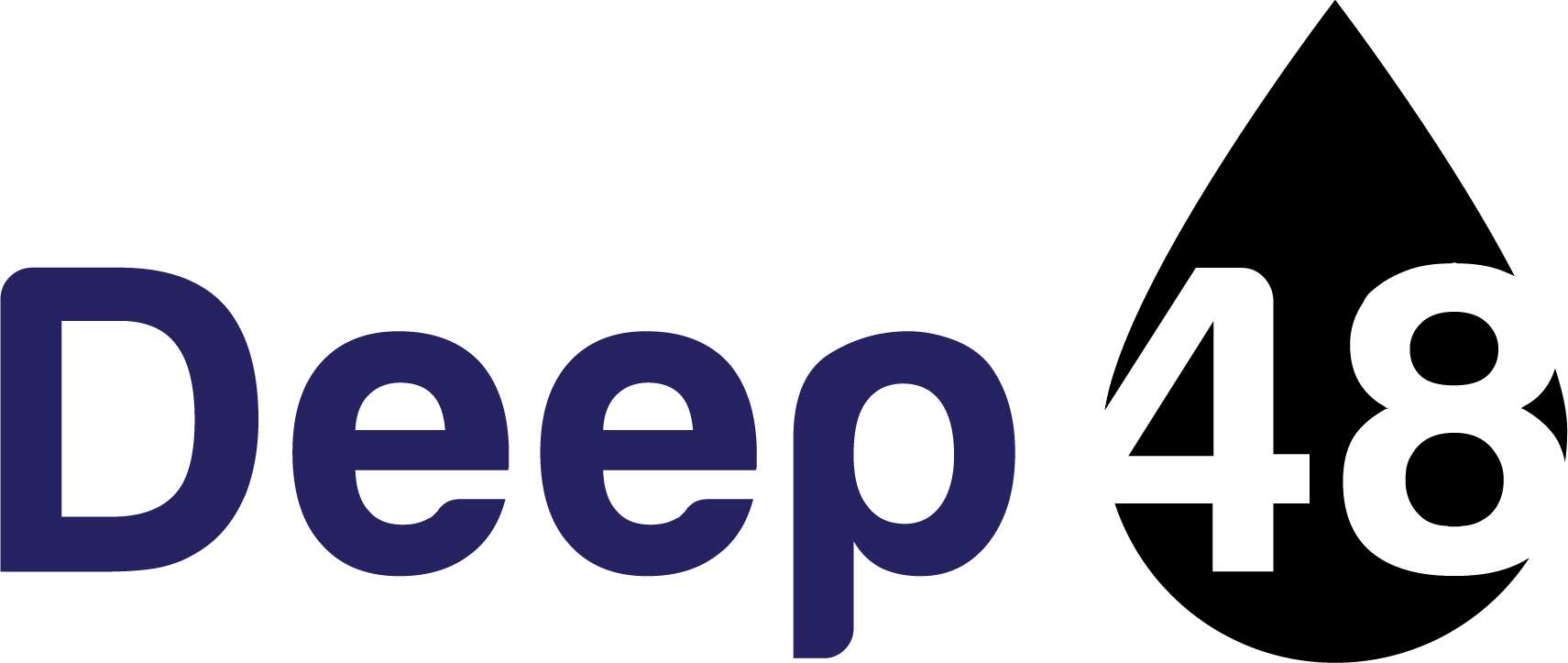23 oil producing countries have agreed to cut 9.7 mb/d from global oil markets. Production levels from October 2018 will be used as the baseline; global oil production during that time was near all time highs at 100 mb/d; but flat when compared to March 2020’s 100 mb/d.
When you factor in the recent overproduction by Russia (11.29 mb/d) and Saudi Arabia (12.3 mb/d) and market driven production contraction due to depressed demand across the globe, the net reduction could actually be closer to 20 mb/d.
Both Russia and Saudi Arabia will reduce their production to 8.5 mb/d; the largest draw down of any other country involved in the recent agreement.
With formal steps now taken to stabilize oil markets, how does the rest of the year play out?
If the following assumptions hold true, recovery in oil markets will start to take shape in Q3’20.
1. Based on current demand we currently have 63 days of supply in stored oil, we will eventually draw this down. But we won’t see a significant draw until Q3 and formal cuts don’t kick in until May 1st, so Q2 is a wash no matter how we look at it. (source)
2. Demand will gradually return as countries begin easing quarantine restrictions. It is anyone’s guess as to the strength of that demand and when it will return, but it is inevitable it will recover. Each incremental restoration of demand will have a corresponding positive effect on oil prices.
3. Industry will adapt to the new normal of viral risk. The Oil & Gas industry is adept at mitigating risk as it has a history of operating in some of the most high risk environments. Safety score cards may need to be modified to include disease risk metrics.
4. G20 energy secretaries will report their output has already been reduced due to a contraction in their oil production. When these numbers are added to the 9.7 mb/d agreed upon production cuts, then we could see oil prices rally further.
5. In the best case scenario, a medical treatment is developed to ensure those who contract Covid-19 have a lower chance of dying, further boosting consumer confidence and mobility. In the most likely scenario, we simply adapt to the new normal and resume economic activity while practicing mitigation strategies to reduce catching and / or spreading Covid-19.
6. The 23 countries involved in production cuts must have factored in enough data to ensure these historic reductions will have a positive effect on oil markets. If they got this number wrong, then the perception of them having the ability to stabilize markets will come into question; this scenario doesn’t serve anyone’s best interest.
7. Oil companies considering layoffs will demonstrate restraint. If projections hold true, then recovery will begin in earnest starting Q3’20. Trying to save money now by laying off thousands of oil workers will not be prudent, as the cost to hire them back just a few months later will be much higher.
8. A vaccine is announced, while unlikely this year, if this does happen by some off chance then oil markets along with every other financial market should rally at a record pace.
9. People who have already been laid off may not have job opportunities until later in 1H/21. This recovery will feel like a slog if you are already laid off, hiring won’t resume until there is significant confidence in oil markets. While stabilization will take shape in 2H/20; growth won’t be a factor until 2021. (source) All this can change for the better or worse based on how Covid-19 behaves so the situation is extremely fluid.
10. China and India who account for the lions share of oil demand return to normal operating conditions sooner than expected. Their economic activity will accelerate the draw down of existing stored supply and their consumption accelerates a deficit in demand vs. production. While this will raise gas prices, etc… the oil production industry will stand to benefit from rising oil prices.
“We would expect people in the market place, in pursuit of avid and intelligent self-interest, to take account of those elements of future events that in a probability sense may be discerned to be casting their shadows before them. (Because past events cast their shadows after them, future events can be said to cast their shadows before them.)” Samuelson (1965, p. 44).


